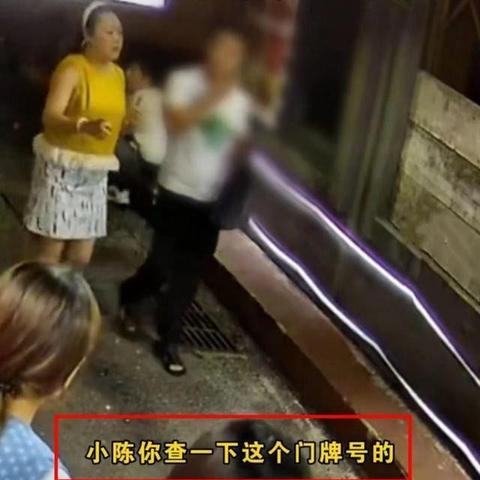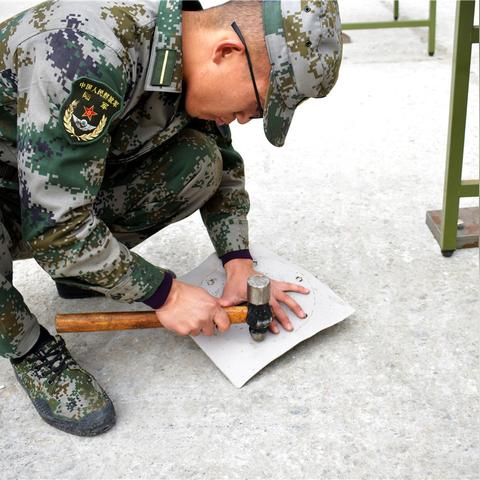Introduction
The Chinese financial sector's landscape is shaped by a fine balance between promoting economic growth and managing financial stability. Two significant aspects dominating current discussions are the use of "Puhui Xiaowei Reloan" (普惠小微再贷款) and the "Special Rectification of Capital Idleness" (资金空转整治). These two policies contrast starkly but share a common goal – to optimize the allocation and circulation of funds within the economy.
Understanding Puhui Xiaowei Reloan
Puhui Xiaowei Reloan is a monetary policy tool empowered by the People's Bank of China (PBOC), specifically designed to support small and micro enterprises by providing low-cost central bank funds to financial institutions at preferential interest rates. These institutions are expected to utilize the funds for lending to qualified small businesses, typically offering the loans at lower interest rates than the market average, thereby facilitating easier access to credit and indirectly boosting economic activity.
Impact on Small and Micro Enterprises
This policy intentionally focuses on small and micro enterprises because these businesses are often the lifeblood of local economies but can struggle with securing affordable, adequate financing. Puhui Xiaowei Reloan aims to balance the liquidity needs of these companies with the risk management requirements of financial institutions. By doing so, it promotes economic inclusivity and reduces the financial burden on smaller business segments, thereby boosting small-scale entrepreneurship and innovation.
Special Rectification of Capital Idleness
On the flip side, the Special Rectification of Capital Idleness is an enforcement-driven policy that aims to address the issue of funds 'idling' within the financial system, which can lead to a distortion in the economy's allocation of resources. Under this policy, government bodies and regulatory offices monitor and intervene in cases where funds are not actively circulated but instead held in reserve or used speculatively. This is seen as detrimental to healthy economic growth, as idle capital does not contribute to productivity or wage growth in the real economy.
Goals of Regulatory Intervention
The goals of the Special Rectification of Capital Idleness are multi-faceted. Firstly, it seeks to curb misuse of financial instruments for speculative purposes, ensuring that capital is deployed constructively within the economy. Secondly, it intends to eliminate redundant investment channels that do not generate real economic value but rather exhaust resources and inflate asset prices. Lastly, it aims to tighten regulations to ensure compliance with capital circulation norms, which can lead to more efficient and transparent financial markets.
Comparative Analysis
While the Puhui Xiaowei Reloan is more about proactivity – feeding small businesses the funds they need to grow and contribute to economic productivity, the Special Rectification of Capital Idleness is more about reactivity – responding to financial irregularities that could have adverse effects on macroeconomic stability. Together, they highlight China's strategic approach to safeguard the integrity of the finance system while also nurturing segments of the economy that traditionally have limited access to sufficient funding.
Harmonizing these Policies
Harmonizing the Puhui Xiaowei Reloan and the Special Rectification of Capital Idleness is not without challenges. Banks must strike a balance between adhering to the strict regulations against capital idleness and availing of the preferential terms offered by the reloan program. In particular, they are under pressure to use low-cost funds efficiently while avoiding the divestment into non-productive assets, which are targeted by the rectification initiative.
Implications for Financial Institutions
Financial institutions, while appreciative of the low-cost funds provided by the Puhui Xiaowei Reloan, face the task of adhering to stringent regulatory measures without compromising their credit risks. They are tasked with ensuring that funds are being put to use in the right sectors, particularly those that drive job creation and innovation within the small and micro enterprise category. This calls for a heightened sense of responsibility and a need for stringent vetting processes to prevent misuse of funds that could lead to regulatory sanctions.
Macroeconomic Considerations
From a macroeconomic perspective, these policies feed into the broader goals of economic restructuring and risk management in China. The Puhui Xiaowei Reloan facilitates inclusive growth by sustaining smaller entities, contributing to broader economic diversification and resilience. In contrast, the Special Rectification of Capital Idleness ensures that financial activities support productive investments rather than speculative behaviors, which could lead to bubbles and disrupt economic stability.
Public and Private Sector Synergy
The effective synergy between public policy and private sector prudence is vital for achieving the goals set by these two measures. The state's role in mediating funds via the Puhui Xiaowei Reloan complements the private sector's role in directing these funds towards profitable and socially constructive uses. Likewise, the private sector must remain vigilant and compliant with regulations set out to via the Special Rectification of Capital Idleness, ensuring ethical corporate practices and optimal capital circulation.
Looking Ahead
As China's economy continues its transition towards high-quality development and increasingly sophisticated financial markets, the Puhui Xiaowei Reloan and the Special Rectification of Capital Idleness are expected to remain key regulatory tools. Their effectiveness will heavily depend on their mutual reinforcement and adaptability in the face of a dynamically evolving economic landscape. As entities within the financial ecosystem strive for profitability, they also cater to the broader mandate of supporting the real economy, maintaining financial stability, and ensuring equitable economic opportunities.
Conclusion
In conclusion, the juxtaposition of Puhui Xiaowei Reloan and Special Rectification of Capital Idleness presents an intriguing view of the Chinese economy's multifaceted approach to financial policy. Efforts to buoy the small and micro enterprises alongside crackdowns on capital idleness aim to optimize financial allocation, promote economic vitality, and fortify financial stability. This complex interplay underscores the challenging yet critical task of balancing economic growth with robust financial governance in an increasingly complex global economic environment.














 琼ICP备2023003230号-1
琼ICP备2023003230号-1
还没有评论,来说两句吧...